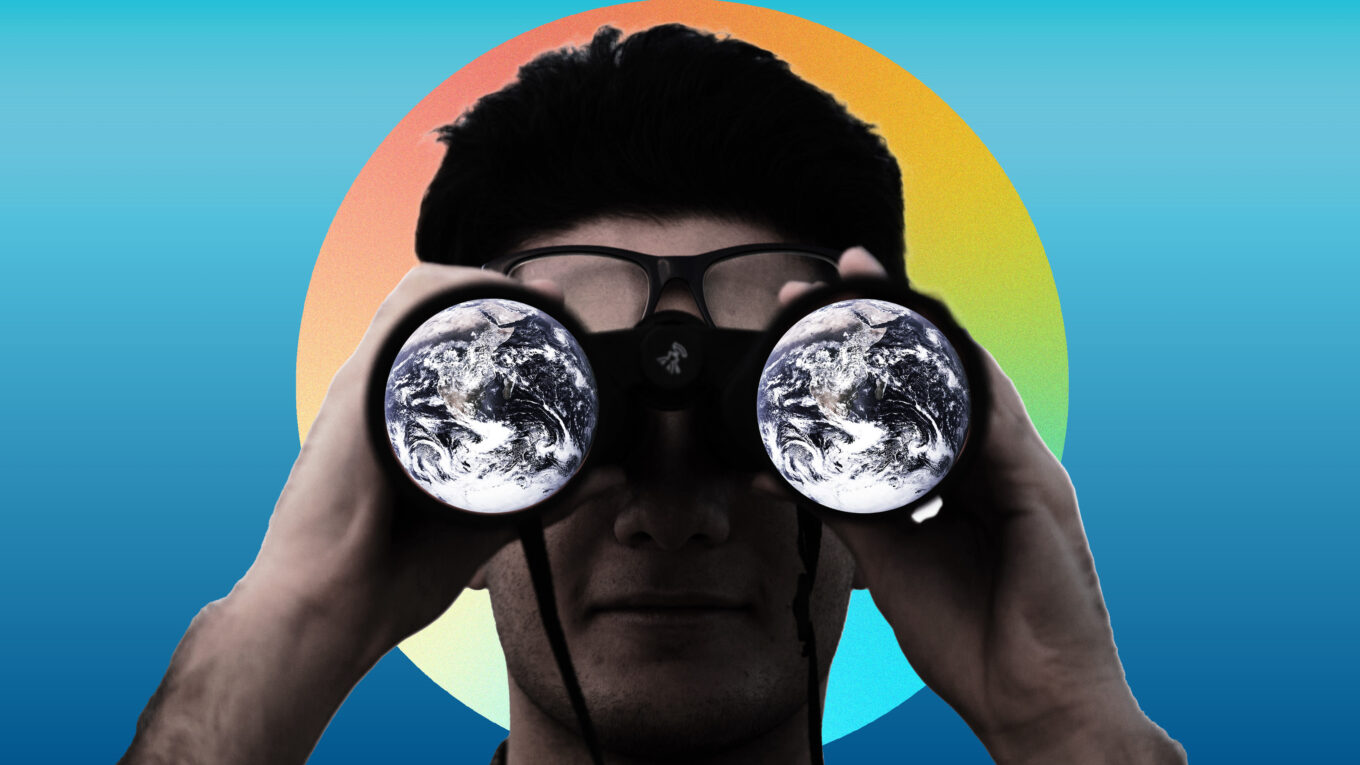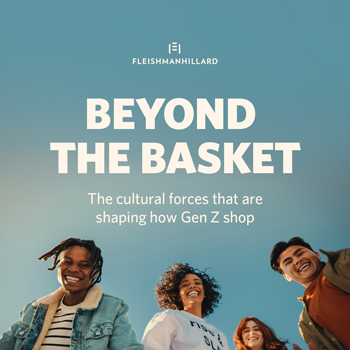Introducing Generation Divided – Why we need to listen to them to bridge cultural gaps
What can we learn from the culture gap, and how could it help brands authentically communicate to their ever-broadening range of customers, audiences & communities?
It’s strange to think this winter feels bleaker than the two preceding it – after two COVID-restricted Christmases, we should be looking forward to a sense of normality, and perhaps finally making the most of the hybrid world we now live in. Instead, what’s facing us is a crisis affecting us all – but in extremely different ways. I don’t think a day passes without the ‘cost-of-living crisis’ being discussed, rightly so – but with such different personal circumstances, we are all afraid to comment without looking insensitive to anyone else’s plight. With many families set to lose homes, or resign themselves to living in practically Victorian conditions, it certainly puts any moans about the inflation of butter and other foods in perspective.
However, the cost-of-living crisis is only one element (albeit a big one) in the wider picture of The Culture Gap. Everything from large, geopolitical conflicts to our newly revolutionized everyday routines are causing new cultural dividers in society, leaving people & brands unsure of how to best navigate them. Our newest report, Authentic Insights, The Culture Gap, created in partnership with Columbia University lecturer Kai D. Wright, explores this new landscape, rife with societal and personal divides. The research also surfaced a new generational cohort emerging from The Culture Gap, called Generation Divided. With a multitude of external conflicts and issues causing societal division, Generation Divided (Gen D) are also experiencing internal conflicts too as they try to bridge the culture gaps around them while still staying true to themselves.
Generation Divided are a group united by their traits. Living in an online/offline hybrid world, they feel ambiguous about ambitions in their fast-moving environment, overloaded with information to the point that they almost expect and feel comfortable with being confused between their abundance of options. It’s no longer about Gen Z or Baby Boomers, Liberal or Conservative, Male or Female, East or West – Gen D are breaking free from traditional demographics and living in an internal state of flux between what they say, do and think.
Whether dissecting conflicting news or making personal decisions that go against public and personal agendas, Gen D constantly experience an internal back-and-forth conflict with themselves. From short-term joy against long-term responsibility, sustainable ideals against capitalist consumerism — they’re not 100% sure where they stand on the range of issues today as a result of the cultural divides so prevalent in society. This is the overarching Culture Gap many of us are experiencing and seeing play out in numerous ways through our lifestyles & consumer experiences.
If Gen D is struggling with their moral compass and weighing up what they truly care about, this leaves an even more confusing space for brands to react and make decisions that do not alienate core groups of consumers. 48% admit they believe it’s becoming more difficult to get along with people who hold contrasting views. We know that businesses are under particular scrutiny right now to respond to issues or situations that customers expect them to have a voice on, and consumers are listening more to what’s being said – and often, not said – more than ever before.
There isn’t one clear answer, with our research showing that consumers who think brands should be ‘bold and brave’ versus ‘sensible and conservative’ was almost split equally (58% versus 56%). It’s no wonder brands feel paralysed to act on cultural issues, but can a brand be both? Perhaps being bold and brave is no longer about investing in big stunts, unless you are actually making true impact (I don’t think we’ll ever see a better example of this). On the opposite end, being sensible does not always mean being boring. Paying attention to the culture gaps impacting your audiences and getting to the core of the issue in authentic and empathetic manners promotes social cohesion, rather than division. It allows you to reach your audience in more personable and impactful ways. Being bold and sensible might mean being honest with customers about price rises, explaining that they will allow the business to stick to its sustainable brand model. It might even be making the decision to be silent when it’s more suitable to empower those in the culture or community to speak instead.
In an era of heightened cultural sensitivity, it’s important we listen and understand the myriad of culture gaps impacting different consumers in different ways.
Culture is constantly evolving and never static. Just as expectations, terminologies and identities shift within society over time, so should brands. Brands and businesses face an increased risk of backlash, or even “being cancelled”, if they fail to start understanding and engaging with communities in a manner that’s more rooted-in and respectful of diverse cultures and the gaps that can arise in an intersectional society. Despite the Culture Gap and our societal divides, there is no Right or Wrong, or Right or Left path – just what’s right for Generation Divided. The first step is to pay attention, listen and observe.
To learn more about Generation Divided, read the full report, ‘Authentic Insights: The Culture Gap’.
Marie Morgan, associate director
Find Out More
-
Achieving Outsized Impact by Building Stronger Country Reputation
February 18, 2025



